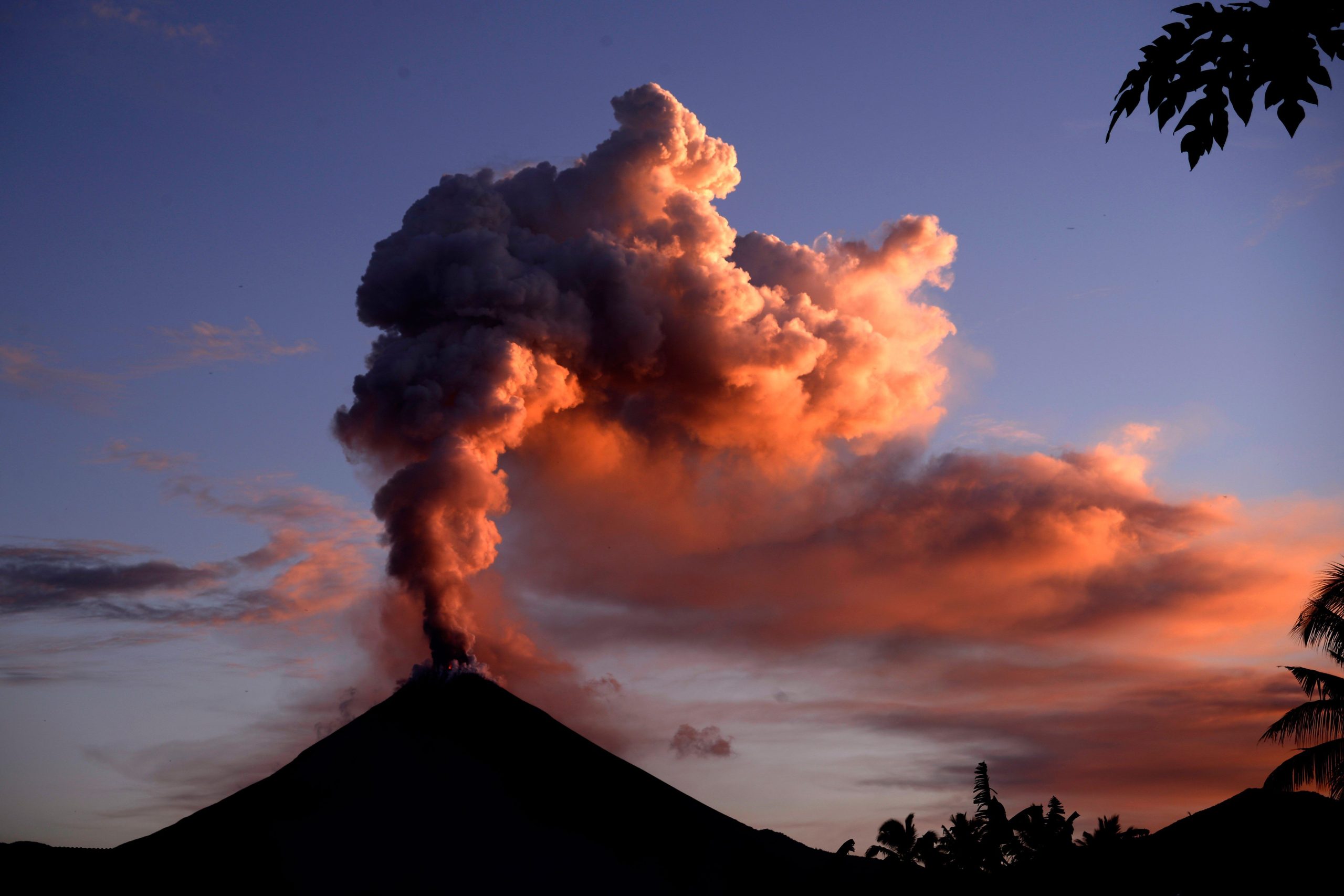Hey there, welcome to Facts Vibes! Today, we’re diving into the fascinating world of thermal energy. Get ready to discover 15 intriguing facts about this powerful form of energy that shapes our world in ways you might not have imagined. Let’s explore together!
Unveiling the Power of Thermal Energy: 15 Fascinating Facts
Unveiling the Power of Thermal Energy: 15 Fascinating Facts
1. Thermal energy is a form of energy derived from heat, which can be utilized for a wide range of purposes.
2. The concept of thermal energy has been employed for centuries, with the ancient Greeks and Romans using it for heating baths and homes.
3. One of the most common applications of thermal energy is its use in geothermal power plants, where natural heat from beneath the Earth’s surface is harnessed to generate electricity.
4. The First Law of Thermodynamics states that thermal energy can neither be created nor destroyed, but it can be transferred from one form to another.
5. Thermal imaging technology uses the heat emitted by objects to create images, making it useful in fields such as medicine, firefighting, and military surveillance.
6. Thermal energy storage systems allow for the accumulation of heat energy during off-peak hours for later use, contributing to improved energy efficiency.
7. Solar thermal energy technologies harness the sun’s heat to generate electricity through the use of various concentrating collectors and thermal storage systems.
8. The process of heat transfer plays a crucial role in thermal energy applications, with conduction, convection, and radiation being the primary mechanisms.
9. The availability of thermal energy sources varies significantly across the globe, with regions near tectonic plate boundaries or volcanic activity having greater potential for geothermal energy extraction.
10. In addition to its direct applications, thermal energy also plays a critical role in the generation of electrical power through steam turbines in thermal power plants.
11. Climate change considerations have led to increased interest in utilizing thermal energy as a sustainable and renewable resource for reducing reliance on fossil fuels.
12. The field of thermodynamics aims to understand the behavior of thermal energy and its conversion into other forms of energy, providing a foundation for many technological advancements.
13. Insulation materials play a key role in retaining thermal energy within a system, minimizing heat loss and optimizing energy efficiency.
14. The development of advanced thermal energy conversion technologies holds promise for enhancing the efficiency and environmental sustainability of energy production.
15. As the demand for sustainable and efficient energy solutions continues to grow, ongoing research and innovation in the field of thermal energy are poised to drive significant advancements in the years ahead.
Most popular facts
Thermal energy is the energy that comes from heat.
Thermal energy is the energy that comes from heat.
It is a form of kinetic energy that represents the internal energy of substances.
The form of kinetic energy that represents the internal energy of substances is thermal energy.
The movement of particles within an object generates thermal energy.
Particles movement within an object generates thermal energy.
Thermal energy can be transferred from one object to another through conduction, convection, or radiation.
Thermal energy can be transferred from one object to another through conduction, convection, or radiation.
It is often used for heating purposes in homes and industries.
It is often used for heating purposes in homes and industries.
Thermal energy is also utilized in power generation through steam turbines.
Thermal energy is utilized in power generation through steam turbines.
The higher the temperature of an object, the more thermal energy it contains.
True.
Devices like thermometers and infrared cameras are used to measure thermal energy.
Thermometers and infrared cameras are used to measure thermal energy.
In nature, thermal energy plays a crucial role in phenomena like geothermal activity and volcanic eruptions.
Thermal energy is essential for geothermal activity and volcanic eruptions in nature.
The study of thermal energy is essential in understanding the behavior of materials at different temperatures.
The study of thermal energy is essential in understanding the behavior of materials at different temperatures.
Thermal energy is a key component in the field of thermodynamics.
Thermal energy is a key component in the field of thermodynamics.
Changes in thermal energy can lead to changes in the physical state of a substance, such as melting or vaporization.
Changes in thermal energy can lead to changes in the physical state of a substance, such as melting or vaporization.
Renewable energy sources like solar and geothermal energy rely on capturing thermal energy for power generation.
Renewable energy sources like solar and geothermal energy rely on capturing thermal energy for power generation.
Proper insulation in buildings helps to conserve thermal energy and reduce energy consumption.
Proper insulation in buildings helps to conserve thermal energy and reduce energy consumption.
Understanding thermal energy is fundamental for designing efficient heating and cooling systems.
Understanding thermal energy is crucial for designing efficient heating and cooling systems.
In conclusion, thermal energy plays a crucial role in various aspects of our lives, from daily activities to industrial processes. Understanding these 15 key facts about thermal energy can deepen our appreciation for its significance and encourage further exploration and innovation in this field.
